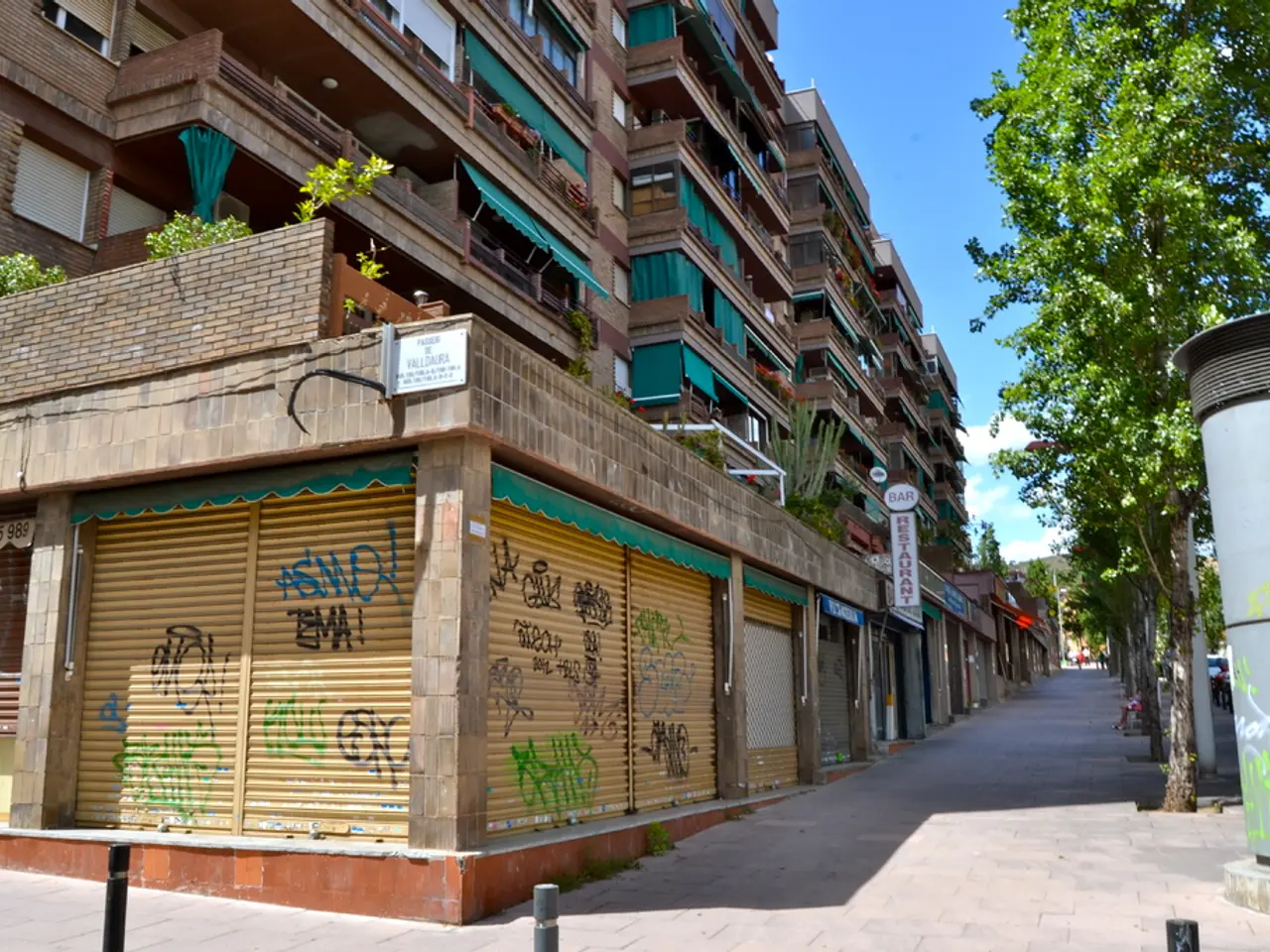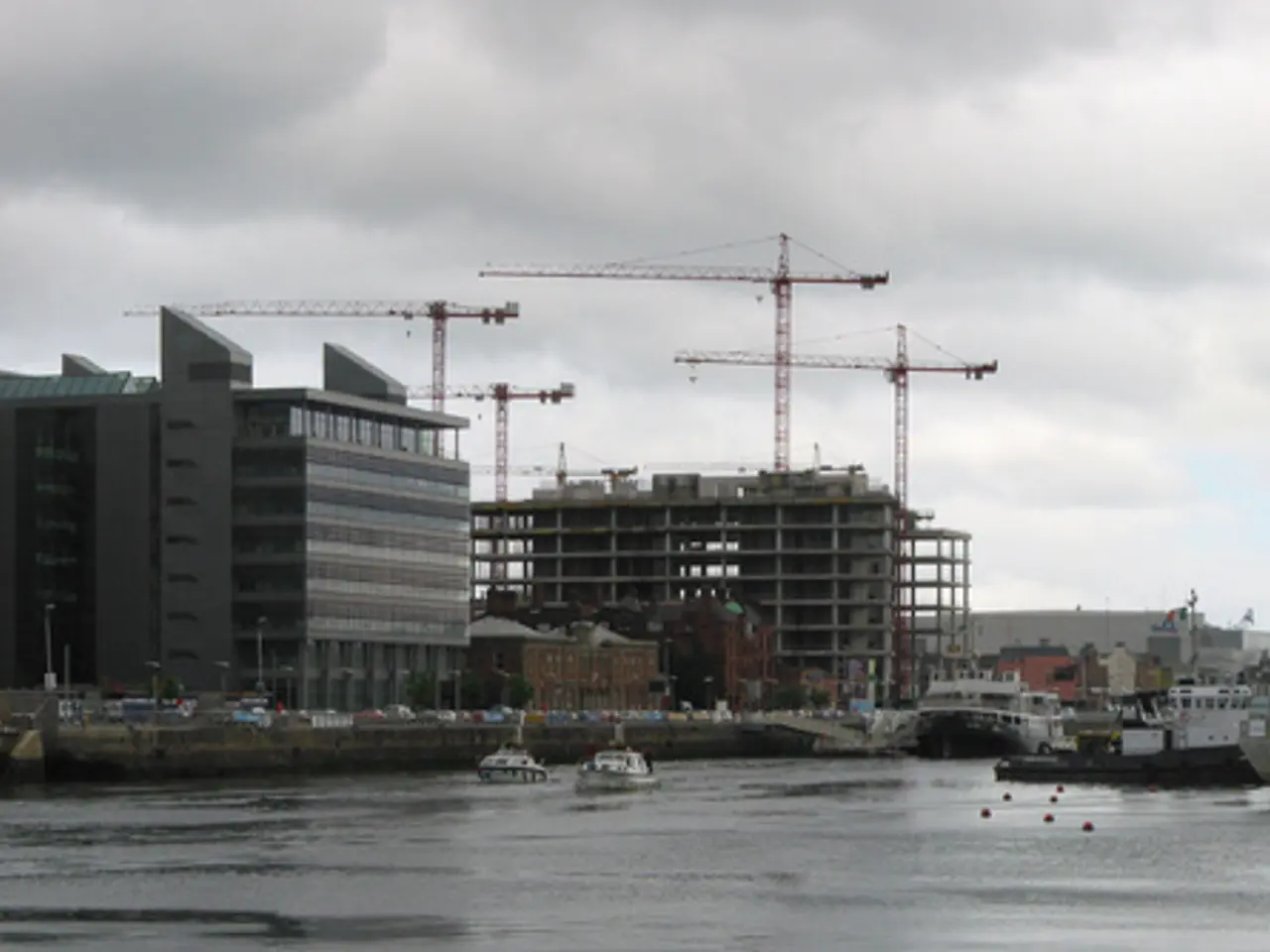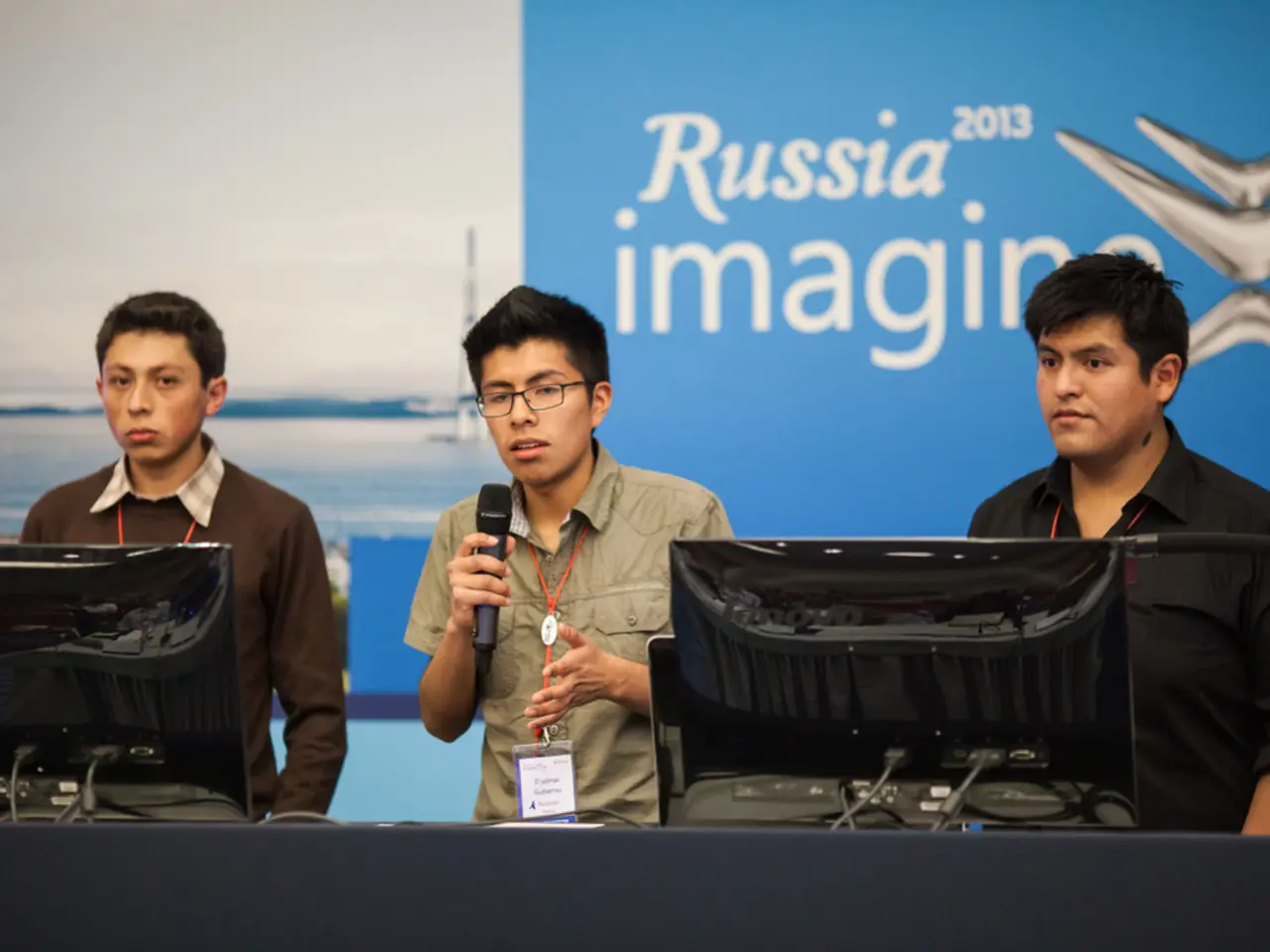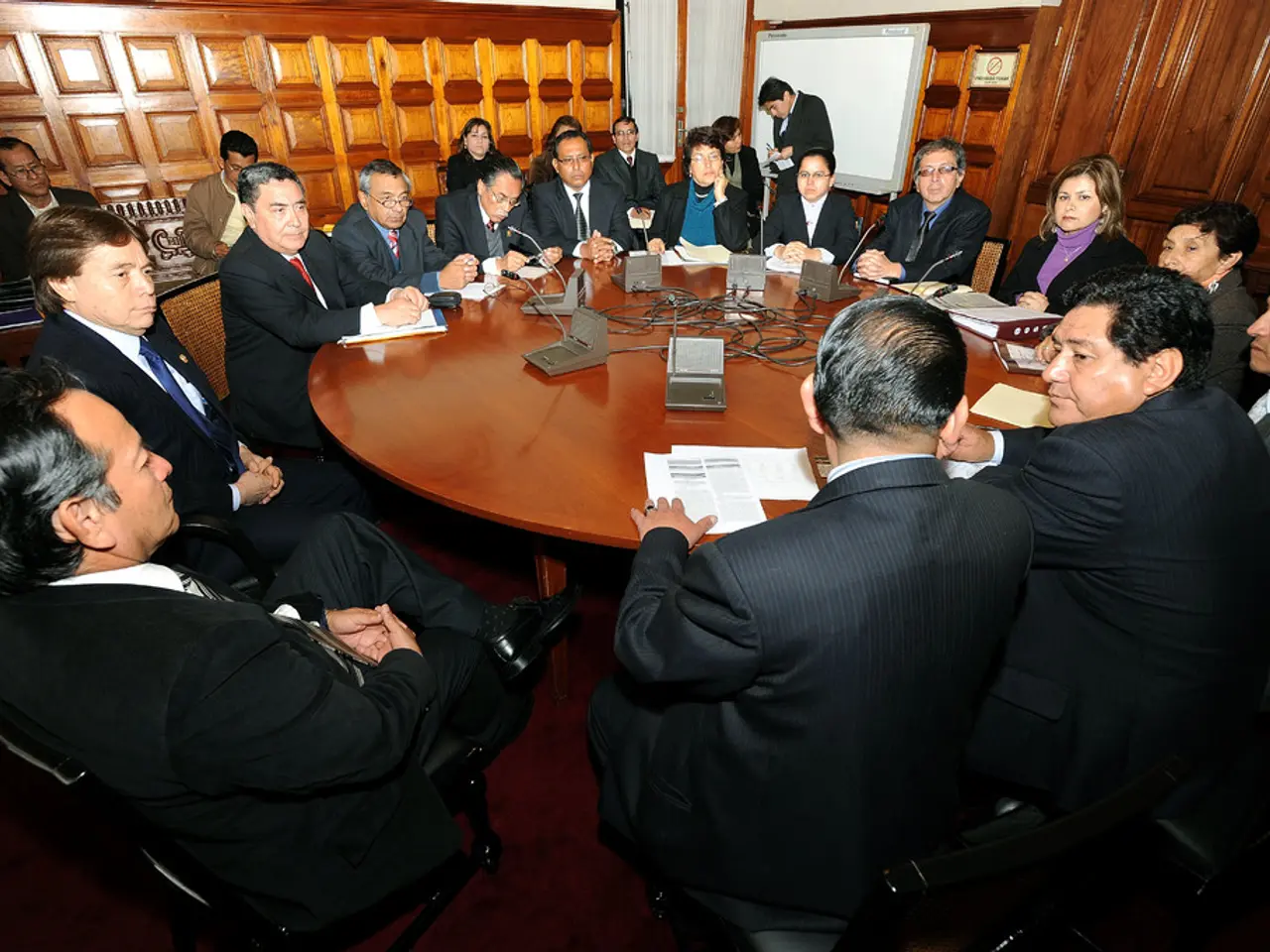India's Administrative Reformation Enters a New Phase with Kartavya Bhavan Inauguration
The inauguration of Kartavya Bhavan, the first building under the Common Central Secretariat (CCS) initiative, marks a significant step towards enhancing administrative efficiency and modernization in India. This initiative aims to consolidate multiple central government ministries and departments into a single, state-of-the-art facility, promoting better coordination, saving time, and fostering integrated governance.
Located in New Delhi’s Central Vista area, Kartavya Bhavan houses key ministries such as Home Affairs, External Affairs, Rural Development, MSME, Petroleum and Natural Gas, and the Office of the Principal Scientific Adviser. By moving these from historic but fragmented locations into one modern complex, the government hopes to reduce bureaucratic delays and improve inter-ministerial collaboration.
The building is designed with modern energy-efficient technologies, including LED lighting, smart sensors, energy-saving lifts, and thermal control glass, reducing energy consumption by about 30%. It also boasts extensive conference and meeting infrastructure, with 24 large conference chambers, 26 medium meeting rooms, and 67 team rooms, to facilitate seamless communication and decision-making among departments.
Strategically positioned near iconic government and historical sites, Kartavya Bhavan aligns with the broader Central Vista redevelopment project aimed at modernizing India's administrative framework. This centralization reflects a governmental vision to streamline policy formulation and implementation, underpinning India’s development goals in its "Amrit Kaal" phase.
The CCS initiative through Kartavya Bhavan is designed to foster a modern, efficient, transparent, and integrated administrative ecosystem, supporting faster policy decisions and improved governance capabilities for a developing India. Over the next few years, the government plans to bridge the urban-rural divide in governance and improve the responsiveness of public service delivery.
In addition, the government aims to digitally connect regional offices with the central administrative ecosystem and repurpose the Rs 1,500 crore in rent savings towards national welfare. The shift to a unified campus offers tangible and intangible advantages, including enhanced inter-ministerial communication, cost savings, employee wellness, and easier public accessibility.
Several older buildings will be dismantled, with temporary relocation of departments during the transition phase. The remaining CCS buildings will come online, and the Executive Enclave will be completed, consolidating all top-tier administrative functions into one integrated zone. The Kartavya Bhavan inauguration encapsulates a powerful shift in governance philosophy, moving away from outdated frameworks towards a transparent, scalable, and future-ready model.
The CCS initiative, marked by the inauguration of Kartavya Bhavan, aims to bring political changes by consolidating multiple government departments, fostering better general-news collaboration and promoting transparent governance. Kartavya Bhavan, with its extensive conference and meeting facilities, targets reducing bureaucratic delays and improving policy decisions in politics and general-news spheres.







